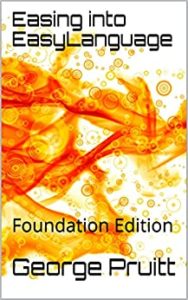Many traders of late have done quite well buying the dips (Mean Reversion) in the stock market. I mean if you look at the big picture and just not the last two months. The hyper aggressive buyers might have bitten off more than they could chew. The laid back fully funded traders were able to shrug off the volatility – even when the DOW was down nearly quadruple digits some kept going in and buying in a very respectful manner. Of course they had their protective stops as well as profit objectives in place as soon as their buys went in. Take a look at this equity curve:The huge draw down in just a matter of a few days shook out a ton of traders – even though the drawdown had probably been seen a few times in the history of the algorithm. When you buy after the DOW was down 1175 you have to be crazy right? That’s exactly what a lot of systems did and if you didn’t have a relatively respectable stop then you might have gotten wiped out.  This system risks $1000 to make $4000 and only buys when you have two lower lows. Oh and the close has to be above the 200 day moving average. The intra-trade draw down was around $6000 during the February Vixpocalypse. How can that be? If I am only risking $1000 why did I lose almost $6000 on one given trade.
This system risks $1000 to make $4000 and only buys when you have two lower lows. Oh and the close has to be above the 200 day moving average. The intra-trade draw down was around $6000 during the February Vixpocalypse. How can that be? If I am only risking $1000 why did I lose almost $6000 on one given trade.
Many of the more popular mean reversion systems fell into this same situation because they utilized a stop on a close basis only. In other words the market could collapse during the day, but you had to wait to get out on the close. This can be dangerous even if historical performance has shown respectable performance metrics. Waiting for the close has been able to turn large losing trades into either much smaller losing trades or even winners.
Here is the same system with an intraday stop of $2000. I had to increase the stop to get a similar looking equity curve. I also expanded the profit objective. Trading these systems requires a balancing act – do you want the security of a daily fixed stop or the chance at a better looking equity curve.
A volatility cut off could definitely help with draw down but at the same time its going to bite into the bottom line. I don’t see a regime change yet. A fixed stop might provide enough safety to continue trading with these types of algorithms.
Discover more from George Pruitt
Subscribe to get the latest posts sent to your email.






